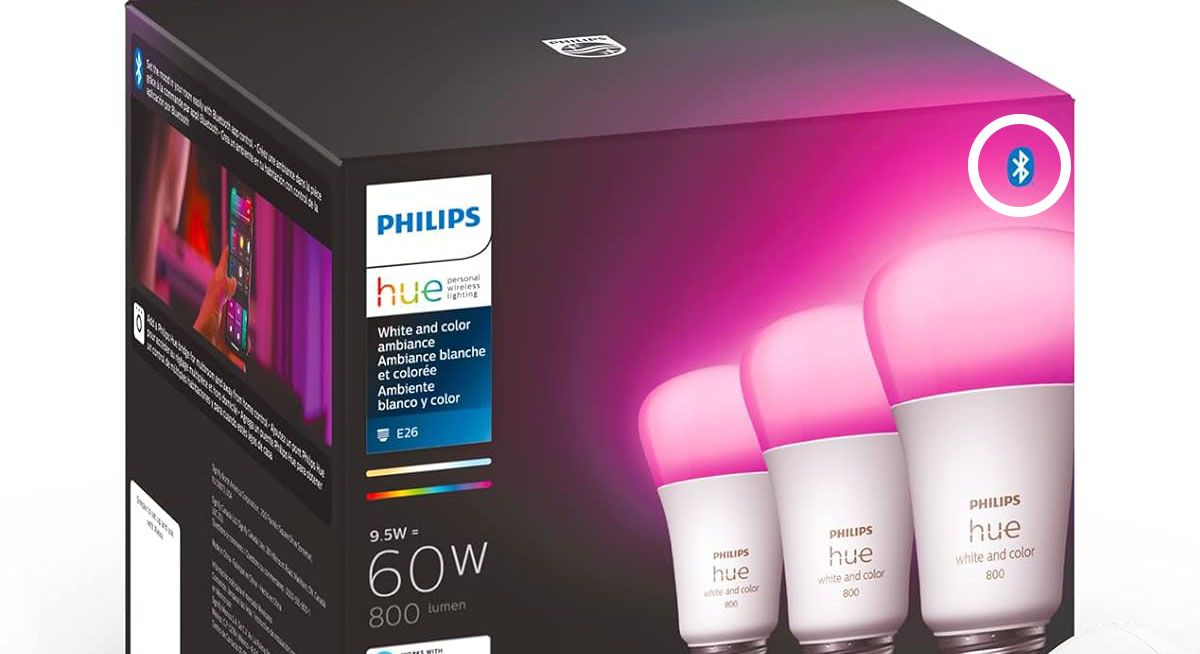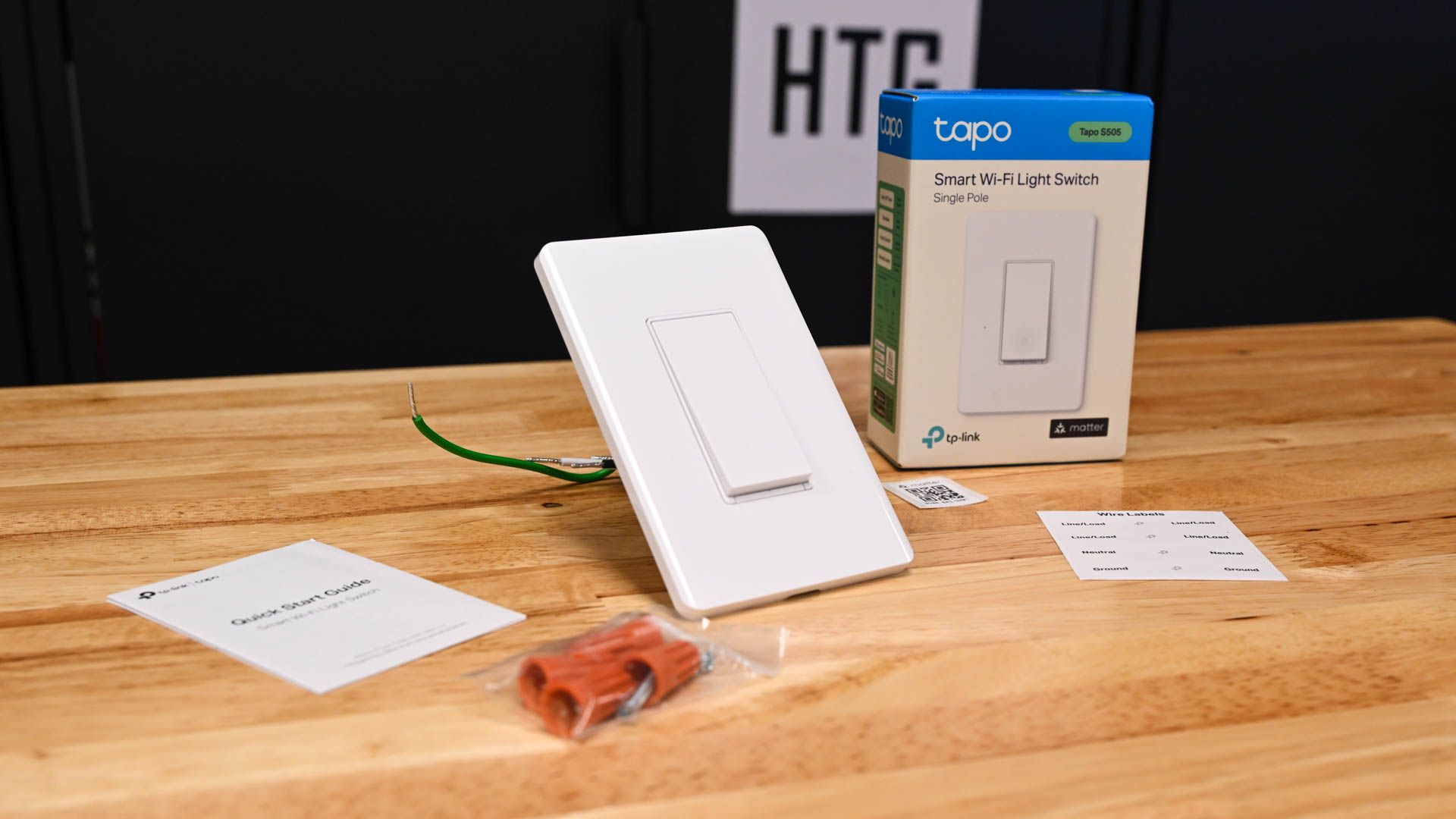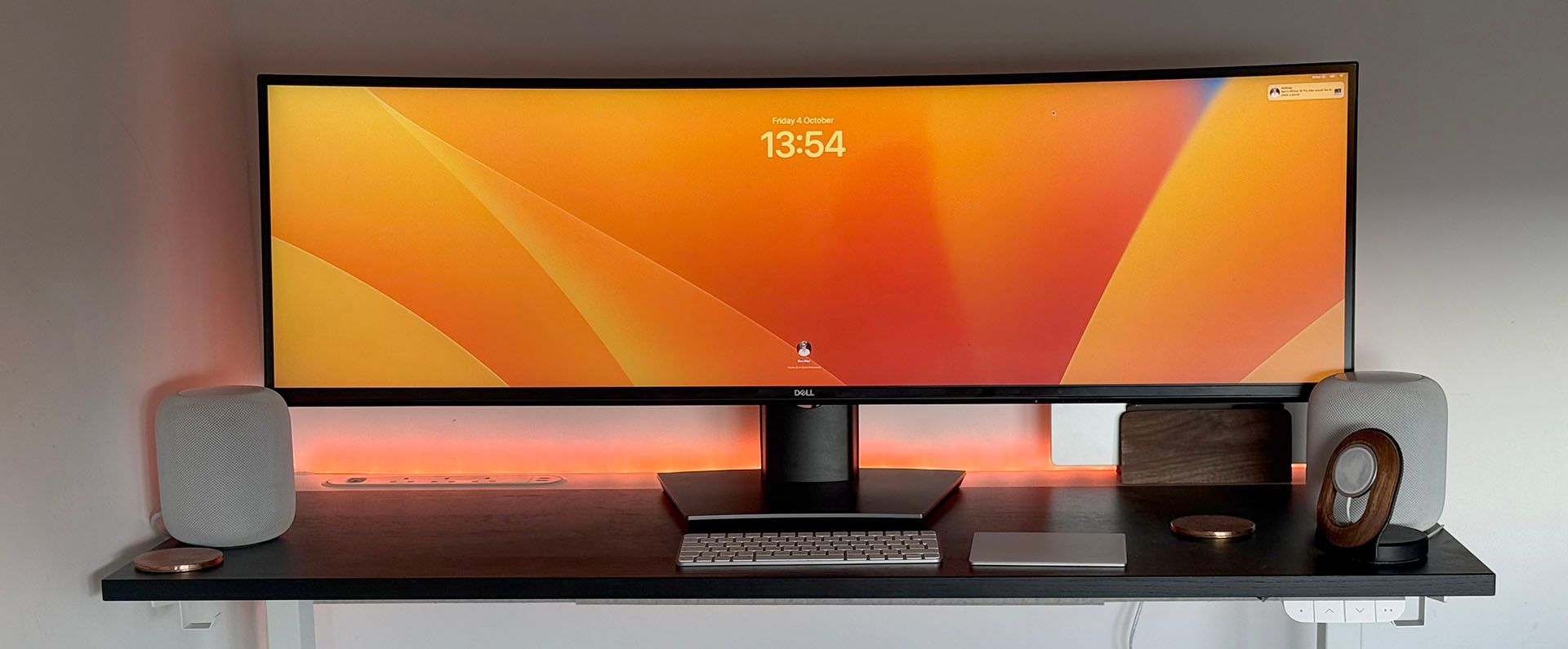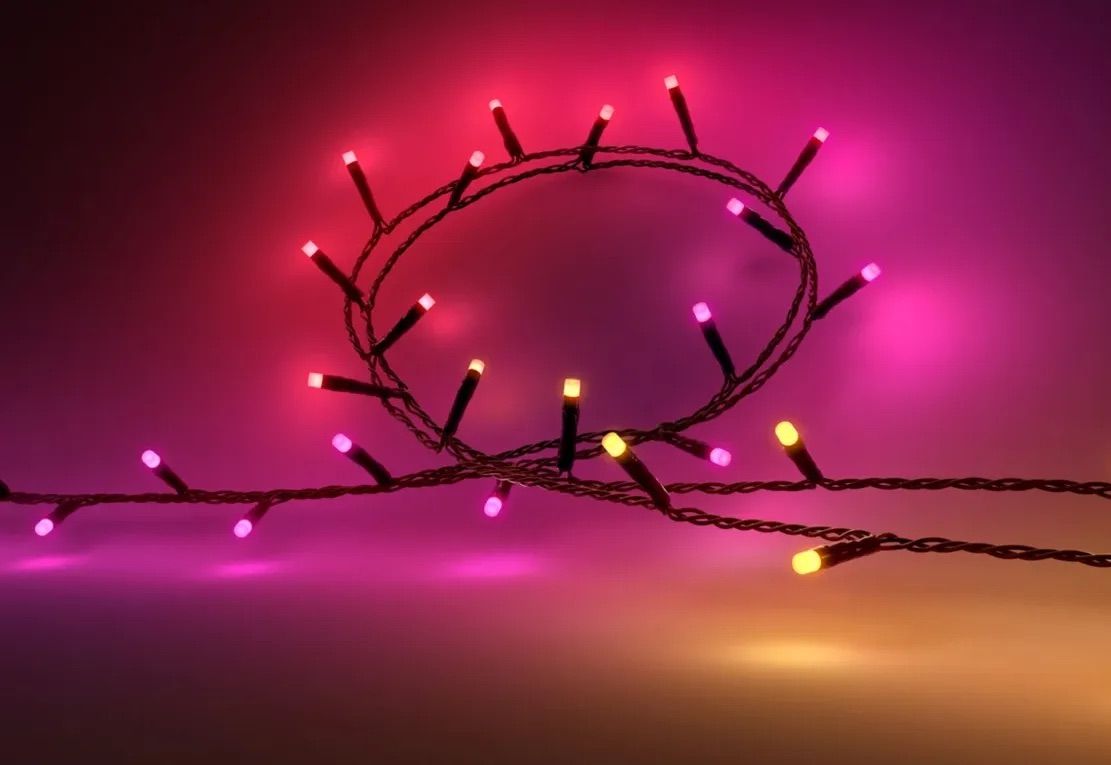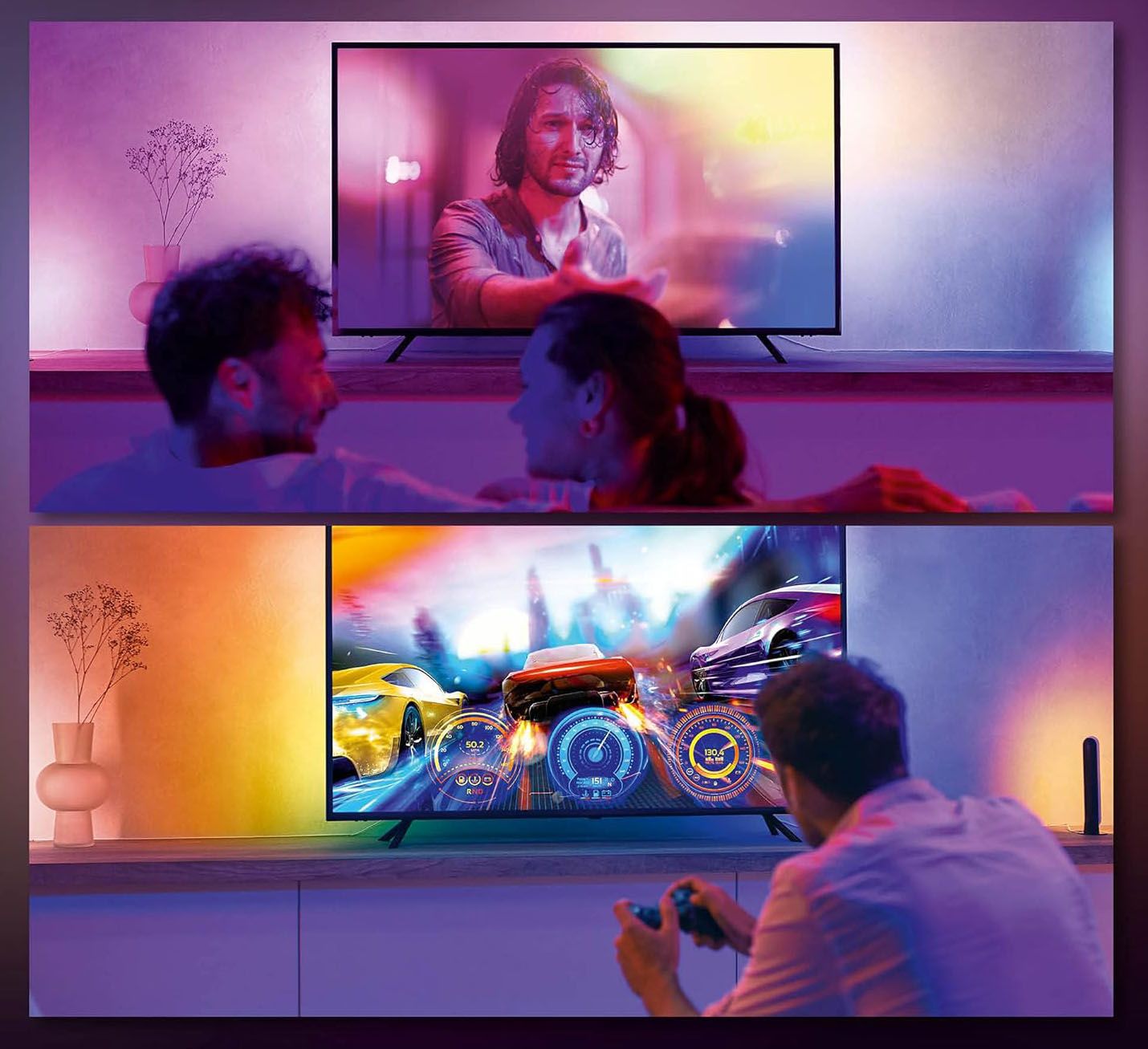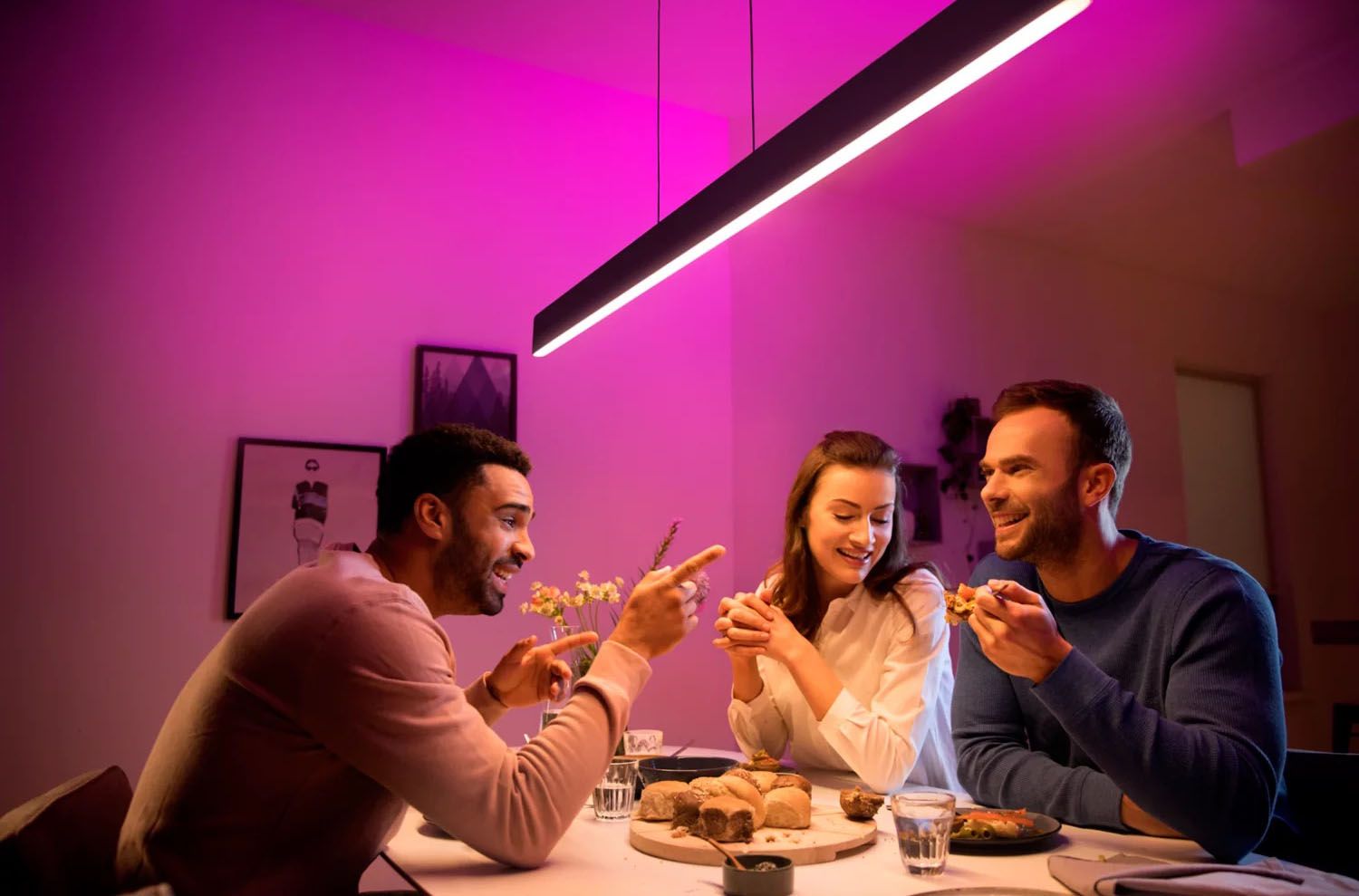Summary
- It’s a good idea to start experimenting with color-changing bulbs that support both Bluetooth and Wi-Fi control.
- Smart bulbs are user-friendly, versatile, and affordable, and pair great with smart switches to retain “old fashioned” on-off functionality.
- Other options include light strips, fairy lights, TV backlighting, and feature lights—there’s a smart light for all rooms, tastes, and budgets!
Smart lights offer a range of benefits: convenience, mood-setting, security, and more. But with more options than ever before, how do you set about making the right choices for your home?
Why Consider Smart Lights in the First Place?
I’m a huge fan of smart lighting. I love the fact that my kitchen and bathroom lights switch on when I walk in, and that my wardrobe lighting activates as soon as I open the door. I really like that I can use a simple voice command to set multiple living room lights to the exact brightness and color temperature I prefer when relaxing at home in the evening.
I love that my office lighting automatically switches on to the bright, cool lighting most suited to concentration when it’s time to start work. I really like unlocking my front door when I arrive home and seeing the entrance lights come on automatically.
But before you break out your credit card and start loading up your shopping cart with a houseful of products, it’s worth dipping a toe in the water to find out whether you’re as sold on the benefits as I am.
I’ll use Philips Hue products to illustrate my recommendations as these are what I use personally, but all of the smart lighting options I describe are also available through other brands.
Here’s a Simple Way to Get Started
There are a number of ways you can begin your smart lighting journey. You could, for example, add a smart plug or two to your existing floor and table lamps. But to get the best possible experience of the potential benefits, my recommendation is to begin with two or three color-changing light bulbs that can be controlled by both Bluetooth and Wi-Fi.
There are two reasons for starting here. First, by opting for color lights, you can experience more of the benefits: not just switching them on and off, but changing the brightness, setting cooler and warmer temperatures, and using colors to create different moods. For example, orange-colored lighting can make for a very warm and cozy feel on a cold winter’s night, while blue or purple lighting gives a very hi-tech modern vibe.
Second, Bluetooth control means you can be up and running in just a few minutes, while the inclusion of Wi-Fi control means that if you do decide smart lighting is for you, your existing purchases can be integrated into a comprehensive smart home setup. In other words, you get something that works right out of the box but won’t have to be replaced if you end up going all-in.
Philips Hue bulbs are a solid option, but make sure you check the description or packaging for Bluetooth compatibility, as only certain models offer this. The most common light fitting is known as A19, and here is a set of three suitable bulbs. If you need a different fitment, you can search for “Philips Hue color Bluetooth” with the fitment you require. If buying in-store, check the box for a Bluetooth symbol top-right (circled above).
Simply replace your existing bulbs with the Hue ones, then use the Philips Hue app to control them, then begin experimenting with different white temperatures and colors. The only thing you won’t get to experience is the power of smart light automations.
Smart Bulbs Make the Transition Easy
If the experiment demonstrates that smart lights are for you, then smart bulbs are pretty much the default option—and you already have your first set.
Bulbs are the most popular choice for good reason. Swapping out dumb bulbs for smart ones is as simple as any other bulb replacement; they are available for almost any fitment; you get the control we just mentioned; they are relatively affordable; and you don’t have to make any changes to your wiring.
Wired Smart Switches Have Their Benefits Too
The one drawback to smart bulbs is that they have to be powered at all times. This means that if you want to retain control of them by light switches as well as voice commands and app control, you’ll need to add wireless smart switches too.
It also means that if someone in your home neglects to use the smart switch, and instead switches off the lights using the existing mechanical switch, all smart control is lost until you flip the switch again.
For this reason, there are those who prefer wired smart light switches. These don’t let you change the color or warmth of your lighting, but they do mean that you can continue using your existing switches and never have to worry about them ceasing to work because someone cut the power. A smart switch is powered at all times, so it can be operated both manually and via app or voice control.
Bear in mind that wired smart switches can be more expensive to purchase, and if you don’t have the necessary electrical skills and training to fit them yourself then you’ll need to factor in the cost of an electrician.
Lightstrips Are a Great Choice for Indirect Lighting
I like floor and desk lamps but prefer indirect lighting for some applications, and light strips are a great way to achieve this.
For example, my primary kitchen lighting is under-cabinet lighting using Philips Hue Light Strips. I have two of these, one under each of the left and right cabinets, and I use a motion sensor so that they come on automatically when I walk into the kitchen. I have another one attached to the back of my desk to provide background lighting which is usually white while I work but can be set to any color I wish for mood lighting.
Once I move home, I also plan to fit coving strips in my living room, with light strips used to provide indirect lighting bounced off the ceiling. There are all kinds of ways to use light strips—I even use them as wardrobe lighting by running them up the inside wall of the wardrobe and then across the top to provide much better lighting than a bulb would provide.
If You Like Fairy Lights, You’ll Love Smart Ones
Light strips are mostly intended to be hidden from view, but if you like the look of fairy lights, then smart ones are a great option. You can set them to any color, as well as different animated color patterns, making them more flexible than dumb ones. But the bigger benefit is that you can integrate them into smart home scenes, automatically switching them on and off, and setting different colors and animations for different occasions.
Something like the Govee Christmas String Lights 2 includes vast customization options but sells for a premium compared to your standard “dumb” fairy lights.
Movie Lovers and Gamers Will Probably Enjoy TV Lighting
Another form of indirect lighting is a type of light strip intended specifically to attach to the back of a TV. You could use standard light strips for these, but both Philips and Govee offer models that will dynamically sync the color of the backlighting to whatever is on the TV screen! This makes for a fun and immersive experience for both movies and games.
Go All-in on Decor by Making Smart Lights a Visible Feature
Finally, just as you might choose a “dumb” feature light as part of your decor, you can also get smart versions. Philips has a whole range of these, including table lamps, floor lamps, ceiling lights, and pendant lights like the Ensis model shown above and the Dymera wall light.
Such models let you get creative with light projection, like casting white light down onto the dining table and pink mood light up to bounce off the ceilings and walls.
There are scores of smart light options, but Bluetooth and Wi-Fi color-changing bulbs are your best bet if you need to find out whether smart lighting is for you. If it is, check out our best smart lighting roundup for some more ideas.


